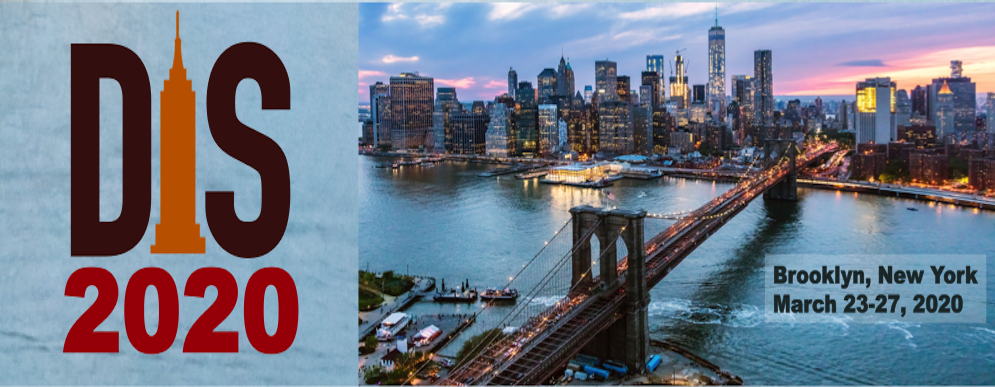Speakers
Description
Investigating the three-dimensional structure of the nucleon has been an active field of research, especially so since the introduction of the generalized parton distributions (GPD). Research focused on this three-dimensional structure continues to be central to the hadron physics program at facilities like Jefferson Lab. The GPD formalism provides a unified description of many important reactions including elastic electron scattering, deep-inelastic scattering, deeply-virtual and Timelike Compton Scattering (DVCS and TCS), deeply-virtual meson production (DVMP), and wide-angle real Compton scattering (RCS) and meson production. To extract the rich information on nucleon structure encoded in GPDs one needs to show that the scattering process is understood. The kinematic dependencies of the basic longitudinal-transverse separated cross section is the only unambiguous way to do that. The Hall C focusing spectrometers with large momentum reach, rigid connection to a sturdy pivot, well-reproducible magnetic properties, provide the facilities for the validation of the exclusive reaction process and crucial insight into imaging nucleon structure. The two-arm combination of the new high-resolution neutral-particle spectrometer (NPS) and the Hall C focusing spectrometers extends these scientific capabilities to exclusive reactions with neutral final states. The NPS enables precision measurements of the DVCS cross section at different beam energies to extract the real part of the Compton form factor without any assumptions and pushes the energy scale of RCS, the process of choice to explore factorization in a whole class of wide-angle processes and its extension to neutral pion photo-production. It makes possible to validate QCD factorization, a cornerstone of 3D transverse momentum imaging, by measurements of the basic semi-inclusive neutral-pion cross section. Much progress in imaging nucleon structure can be made with electron-scattering reactions, yet experiments utilizing high-energy photons play a unique complementary role. Measurements involving the small scattering probabilities associated with these exclusive reactions demand high-intensity photon beams. The combination of high precision calorimetry of the NPS and a novel compact high intensity photon sources (CPS) greatly enhances scientific benefit to exclusive processes like RCS and TCS with transverse polarized targets. It offers a gain in scientific production of a factor of 30 as compared to existing such techniques. I will describe the unique science program in Hall C as enabled by the NPS and CPS.

